Interview: Visually impaired photographer – ‘The worse my vision gets, the more I enjoy photography’
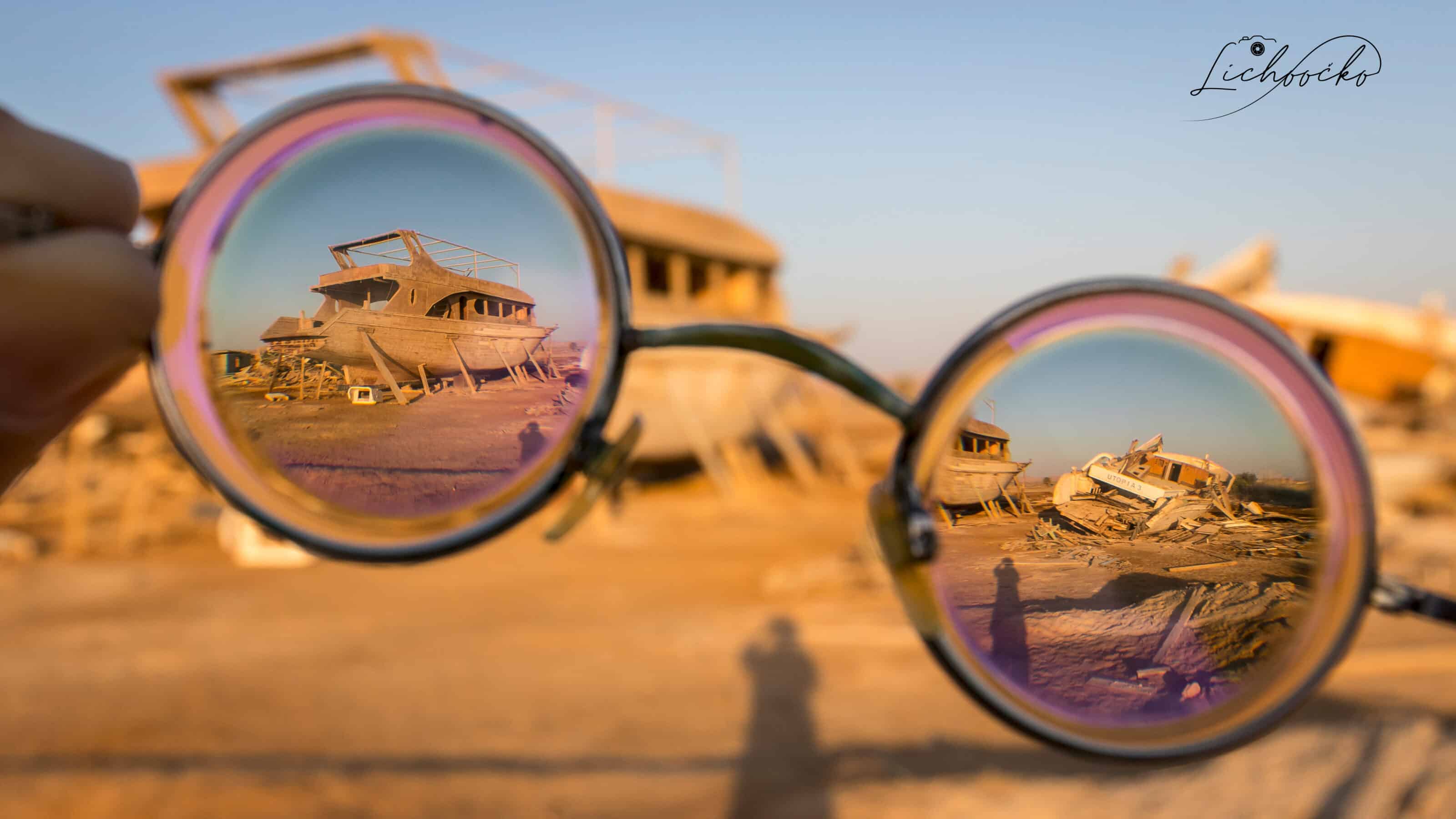
Lubomír Pavelčák has poor vision in his right eye and wears eyeglasses with a prescription of -18.00 diopters. His left eye is a prosthetic eye. That’s why he calls himself “odd-eye.” He calls his photography Eyeglass photography and Snapshots. You may have already come across his photography because Lubomír has been successfully exhibiting his work for several years now.
We here at Learn Photography interviewed Lubomír Pavelčák before. We wanted to check in with him since his photography has once again taken off.
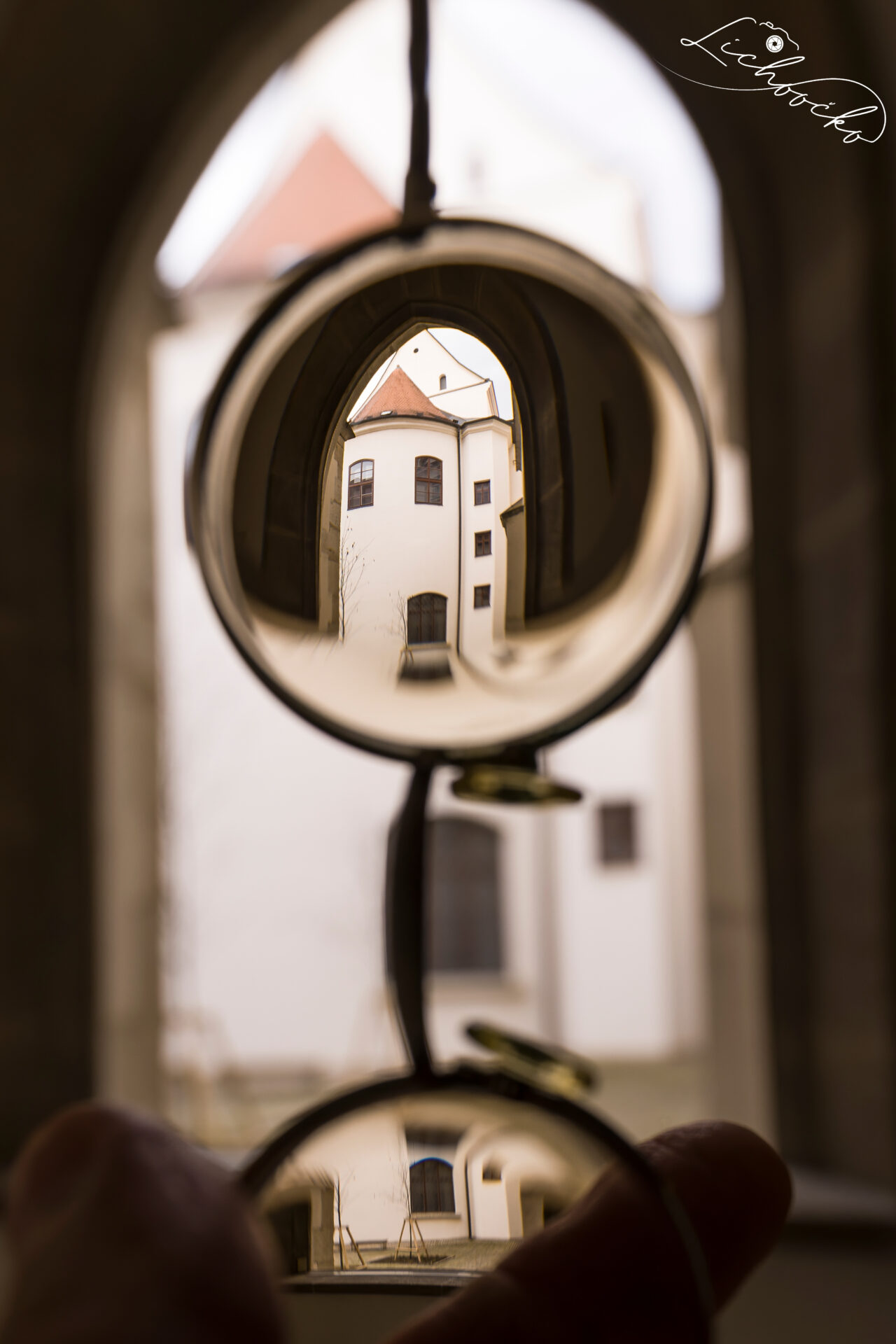
What has changed since our last interview? That was in 2017, before the Covid pandemic. You told us you have a diopter of -18 in one eye. Is that still true?
Well, since 2017 the main things that have changed are…I guess my age and weight. 😊 But luckily my eyeglass prescription is still the same. Unfortunately, I’m suffering from peripheral vision loss because my retina is slowly detaching from the edge towards the center. Many people are pushing me to have surgery, but it needs to stay how it is—with minimal medical intervention. I’m trying to stay as calm as possible. As little impact as possible, no injuries, no messing around. Even mentally, it’s important to stay calm because stress can exacerbate it. I try to block out everything that is going on around me. I want my vision to be around for as long as possible. The prognosis is that when the retina detaches, it can lead to blindness. But I’ve been told that since I was five and I never really knew what it meant. I didn’t start to fully comprehend it until I was older. So, I’m being careful.
Medicine is constantly advancing. Have you received any new opinions from your doctors or are you keeping things as they are?
I’ve certainly been interested in medical advancements. But I’m lucky that I don’t have any cataracts, because if I had to undergo surgery, anything could happen and I could be left in the dark. After consulting with retina specialists, we always come to the same conclusion, to wait. They tell me it’s either you or the eye. Unfortunately, science and medicine aren’t that far along yet. It’s not possible yet. But hope dies last.
You call your pictures Eyeglass photos and Snapshots. Are you planning to publish any of these photos anytime soon?
I must confess that the idea has never occurred to me. I’m glad that thanks to the SONS organization (organization for the blind and visually impaired), I can exhibit my Eyeglass and Snapshots photos. Each year, they organize Art Days of the Visually Impaired. I am glad that they chose to display my Snapshots as part of this event. I call my photos Snapshots because I usually have to take four or five snapshots and then choose the final photo on the computer.
Pressing the shutter button has a completely different meaning for you from a sensory perspective, doesn’t it?
Yes, basically if the autofocus doesn’t beep and the mirror doesn’t clap, I can’t tell it didn’t focus.

What I enjoy most about the exhibits for the Art Days of the Visually Impaired is that I can show people with good eyesight that a person who has trouble seeing properly just has a different point of view.
Snapshots came about during a time when I couldn‘t see around me. I used a compact camera to take pictures of things like bus schedules or prices in the shops just to be able to read them. It wasn’t until later that my friends told me my snapshots didn’t look half bad. As if I had a different point of view or way of seeing. And that is where my title Not seeing doesn’t mean not perceiving comes from. I wanted to show others that even though someone has trouble seeing, they can perceive the world in an entirely different way with a camera.

The more impaired my vision got, the more I enjoyed photography—encountering and overcoming obstacles.
My Eyeglass photos came about by asking professional and semi-pro photography friends how to take pictures and set up the camera. They told me about different rules, like the rule of thirds, and that I should read photography books. Except I didn’t “see” things that way. My eye only sees light through the center. When they couldn’t understand that either, I tried taking my glasses off and taking a picture through them. And that’s how my Snapshots turned into Eyeglass photos.
At the exhibits for the Art Days of the Visually Impaired, I want to show people that even if someone’s eyesight worsens, it’s not the end of the world. They can still go on with the help of digital technology.
That’s how my story goes—The more things went downhill, the more I enjoyed photography.
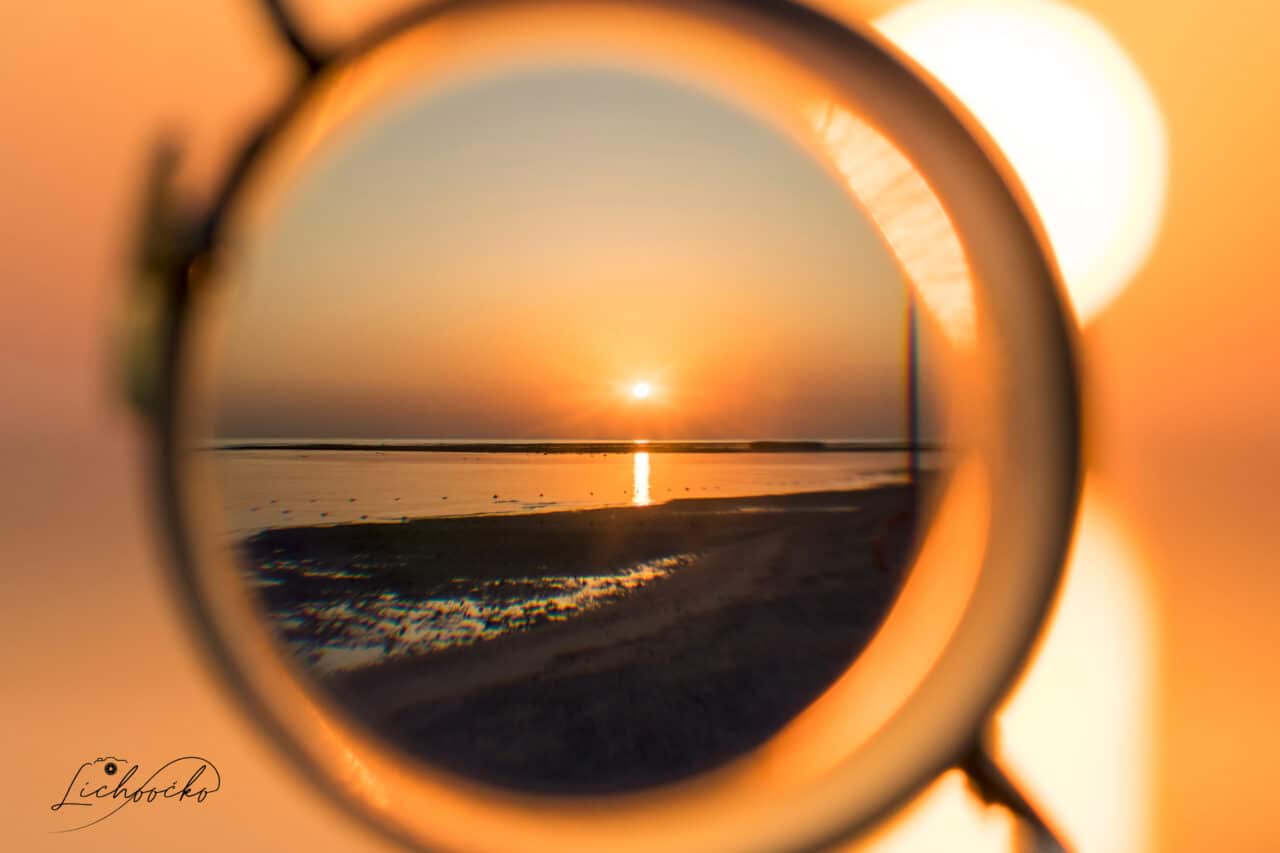
Do you still shoot on a DSLR, or have you switched over to a newer mirrorless camera?
That is my dream one day. Technology has advanced and I’m a Canonist. The Canon R6 MK2 has caught my eye. But you can’t save much money on a disability pension, and I haven’t won the lottery yet.
So you have a standard DSLR with features like face detection?
The model I have doesn’t have those features and sometimes I’m jealous of people who have them because they are helpful. I can’t tell you how many times I get frustrated when I lose my focus when I’m shooting a certain subject or person. I do put my DSLR in front of my eye, but I can’t see through the viewfinder. I just shoot based on where the square is lit. And due to the curvature of my glasses, I can’t see if I’m shooting within the boundaries. That’s why I take so many pictures and then check on the display.
For you, the scariest thing must be composition.
Yes. It’s what I struggle with most. It’s even more challenging when I’m doing my Eyeglass photography. I use the display when shooting because when I take my glasses off, I can’t see anything. Then I have to find the distance between my right and left hand. That means I’m holding the camera in my right hand and the glasses in my left hand. First, I have to find the distance from the lens, and then I have to look to see if the light is reflecting off the glasses and if the point I want to focus on is centered in the glasses. I do a lot of experimenting and don’t know if I got it right until I get home.

I’m just like a tourist. I take pictures of everything and then see where I’ve been on the computer. The only issue is, when a photo doesn’t turn out, I have to go back and retake it.
You mentioned lenses. Do you have more than one? If so, how do you change them?
I use a 16-35 wide-angle 50mm prime lens and a 70-200 prime 100mm lens. So actually 4 lenses. Luckily there is this little red ball on the lens that slightly protrudes. I can find it by feeling and I know how to click it into the box. But sometimes when I’m in a hurry, I tend to increase my shutter speed.
I’d love to get more lenses because I can see how they help. For example, lenses today can detect a dog in motion. But it’s a hefty chunk of cash. I find it frustrating when I try to take photos of my wife and the camera focuses on my glasses instead and I can’t focus on her eye through the glass. Pros with better equipment have a huge advantage by being able to focus right on the subject’s eye.

There are so many things to watch when taking pictures that technology can help with.
Exactly. You must realize that you can’t do everything by the book. You have to find your own style. I don’t shoot like the pros, but I shoot what I see with my eye. I take Snapshots that are based on my vision and feeling.
How do you handle editing your photos? I read somewhere that you have an enlarged monitor and edit your photos intuitively. Do you have any favorite functions?
Like presets? I don’t use those. For my Snapshots, I ask my wife to see if everything is sharp or someone from the SONS organization if they are suitable for the exhibit. Otherwise, I just edit all my photos myself, mostly adjusting saturation and shadows, or using lens corrections.
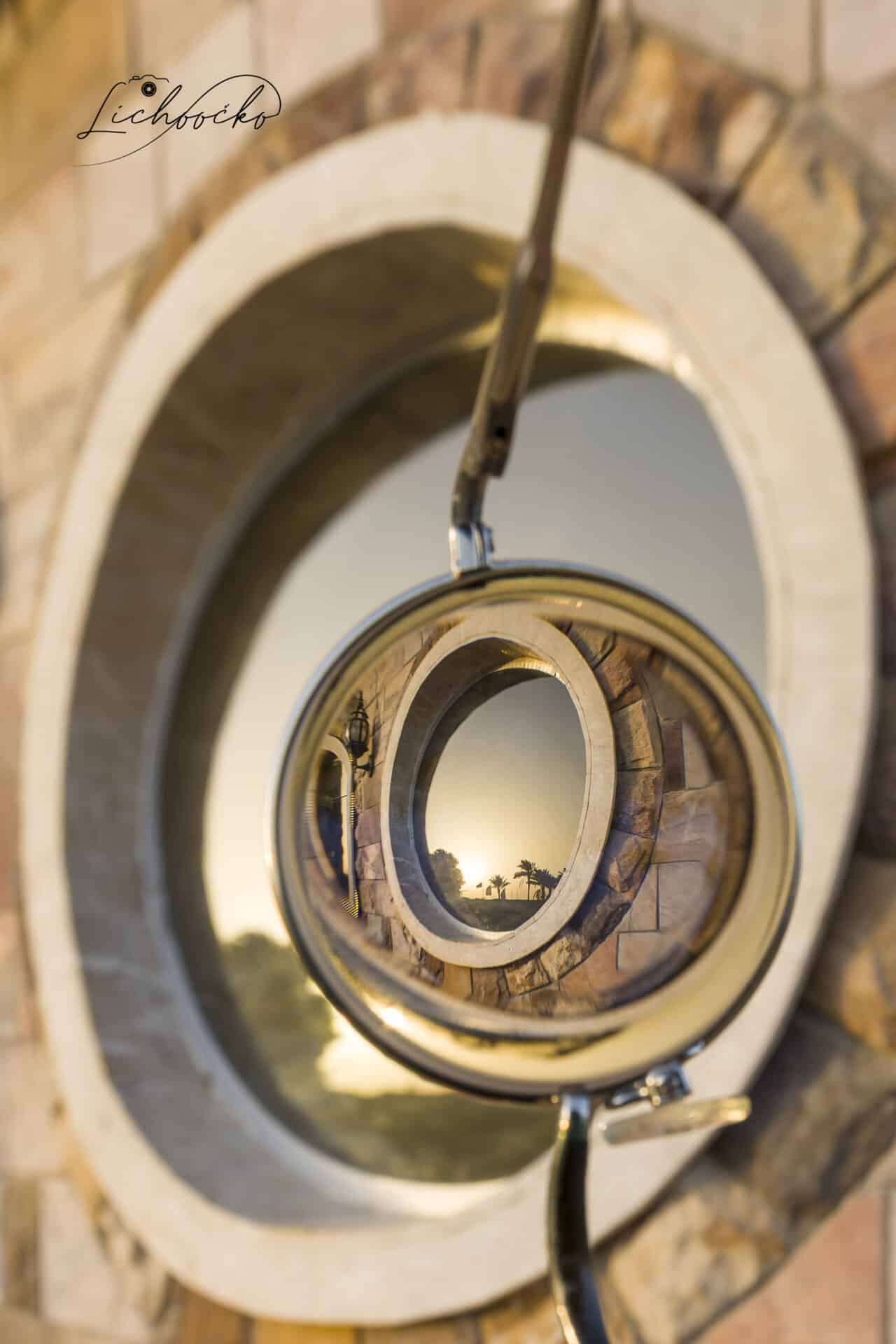
Does anyone help you with selecting and printing your photos for your exhibits or do you do it all yourself?
That is the hardest part. When I have too many shots to choose from and need to find and process the right ones. I make the final selection with the help of my better half. We decide if it’s suitable to print on paper or aluminum, which is done in Germany. My wife and her mother help me with the exhibit. Her mother is usually our driver. My better half plans the logistics of the exhibit, what photos go together, and in what order. I would arrange my photography differently, because I am biased based on when I took the photos and the situation. But since they have an unbiased eye, they can better assess how it looks in a given space.
Sometimes when there are exhibits in libraries, I let the employees who work there, the people who walk past the photos every day, choose what they would like to have in the space. So they have a nice feeling when they go to work and walk by the photos. They might not like a photo of a crocodile with its mouth open. :)
Last question, do you have any preferences for what you take pictures of? I noticed your photography is predominantly different churches, towers, or other tall buildings. Is there a particular draw to those types of buildings?
Yes, but the main idea is that the church is big enough to come out well in one lens of the eyeglasses. Shooting something small through the lens of a pair of eyeglasses is extremely difficult. You’re holding the camera in one hand and the glasses in the other. And the further away and longer you hold it and want to shoot, the more your hands start shaking. Larger buildings also stand out better. The eyeglasses in combination with the lens shrink it. Since the subject in its actual size is out of focus, it is suddenly tiny through the eyeglasses with their diopters and cylinders.
This is an interesting allegory for seeing the world. How we can perceive things as huge (like problems), but they can be insignificantly small.
Exactly. I agree with that. A lot of people around me shoot through a glass ball. Sometimes when I’m tired and my vision is blurrier, I have problems stretching my arm and finding something small just a few inches in front of me. Judging distance in the real world. Bigger things are just better to photograph.
It’s my goal. For example, when I travel, I like taking photos of mosques. If I could travel more, I’d like to try shooting skyscrapers.
It seems we’ve come full circle back to what you said in the beginning, that you try to be calm and not make a big deal out of things. That’s why you convey in your photography, where you show big things are quite small.
Exactly. Many people around the country have picked up on that in a similar way which makes me happy. I’m also glad that my work is interesting to them.
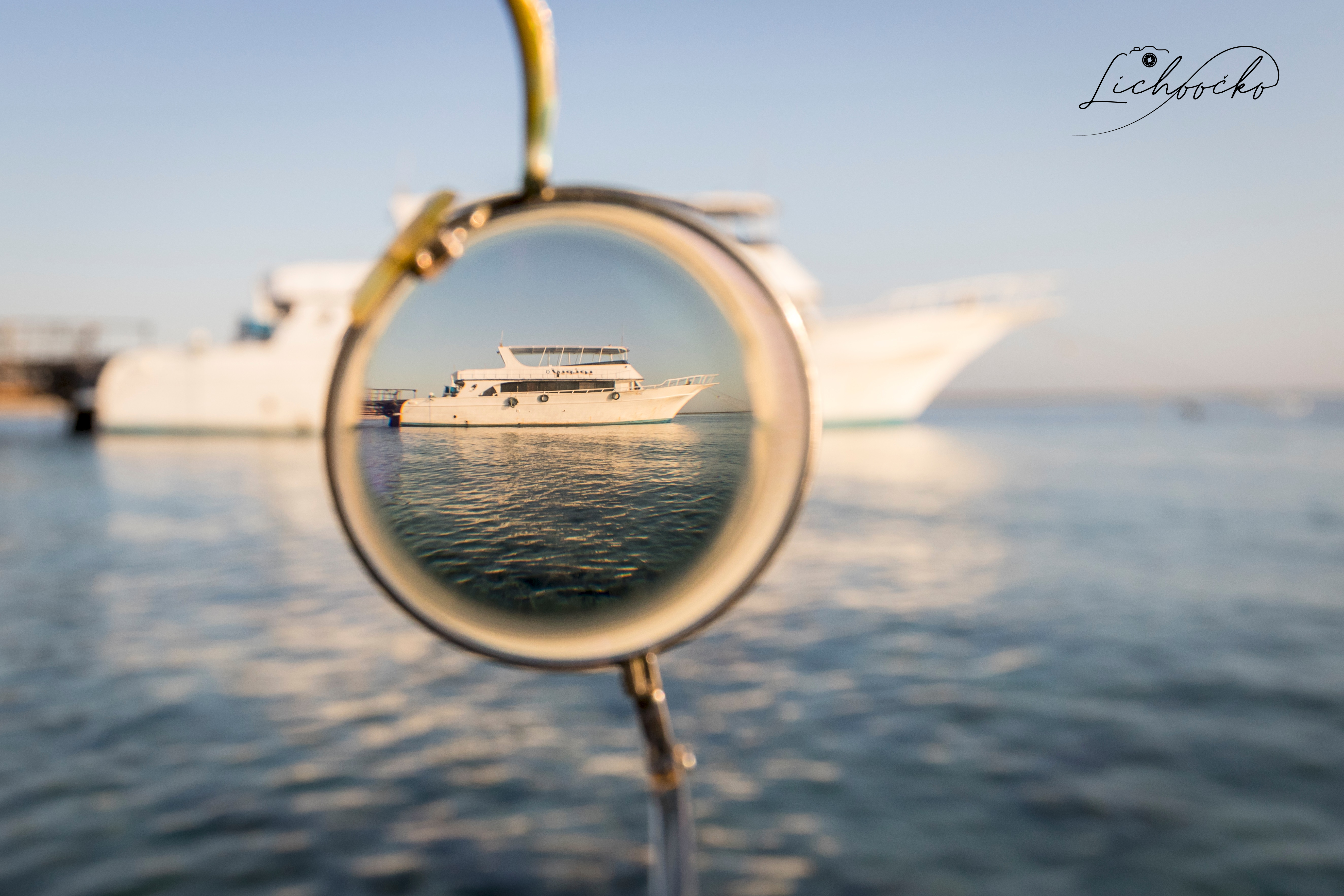
Lubomir, aka Lichoočko (odd-eye), thank you very much for the interview. The interview inspired me and gave me great energy. I hope I was able to convey this enthusiasm at least partially to you. If you have the chance, visit Lubomir’s exhibits, they are certainly worth your time.
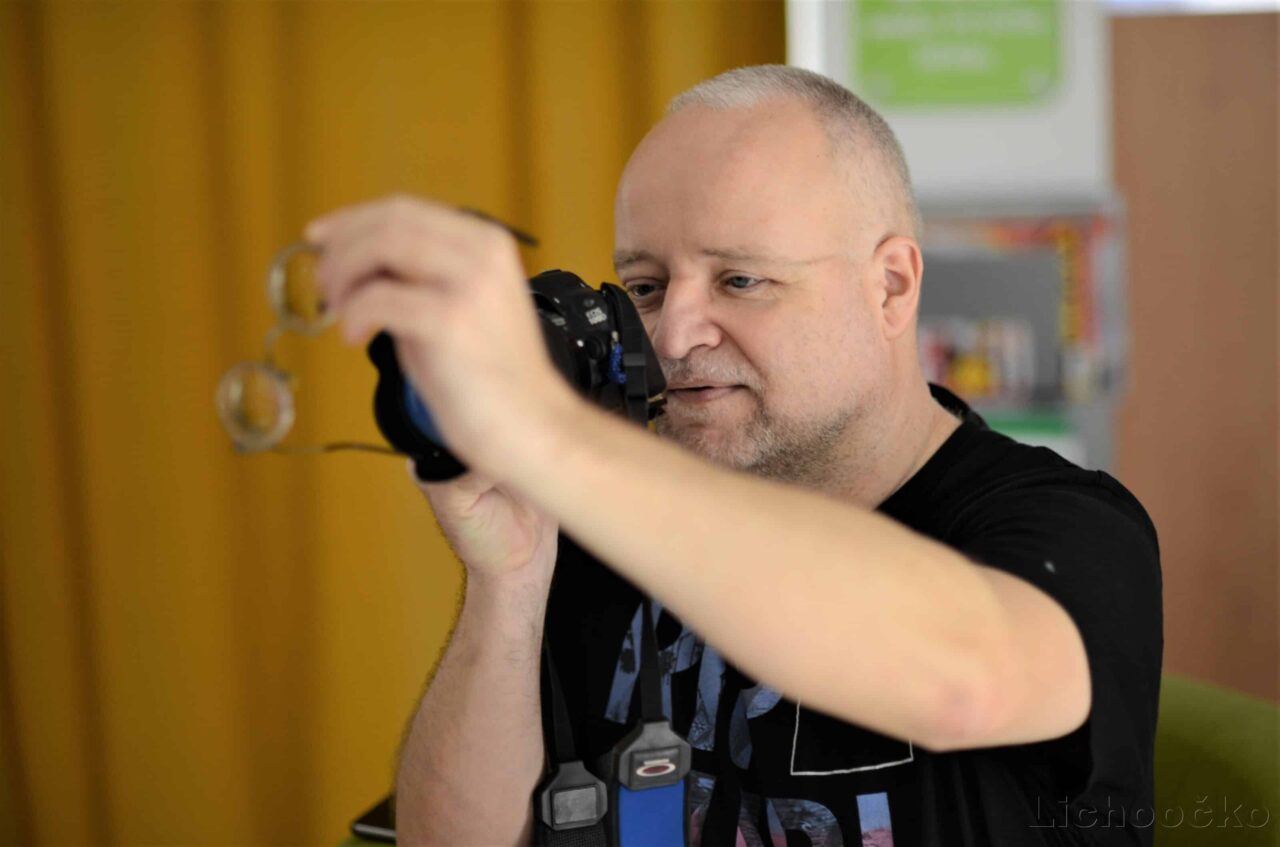
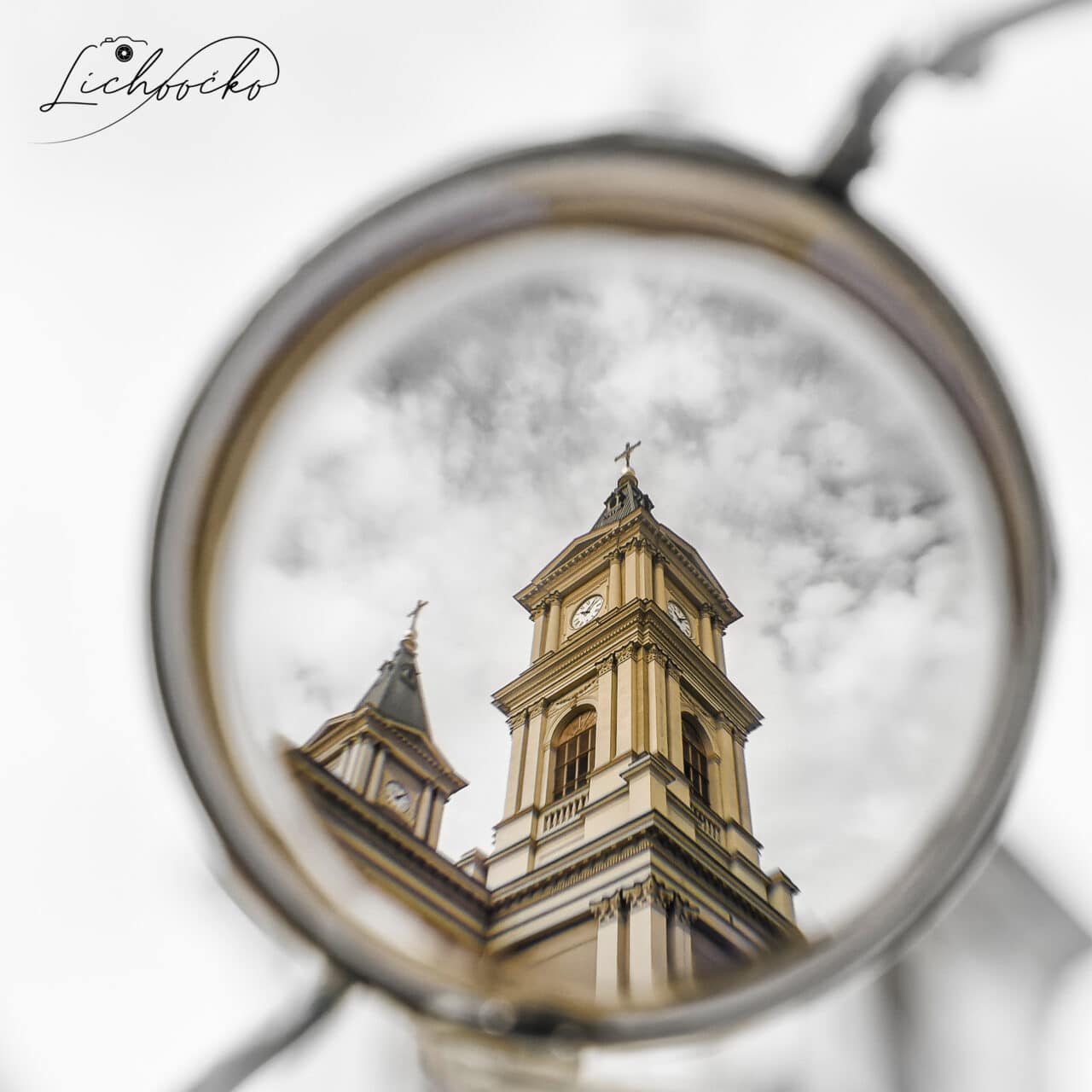
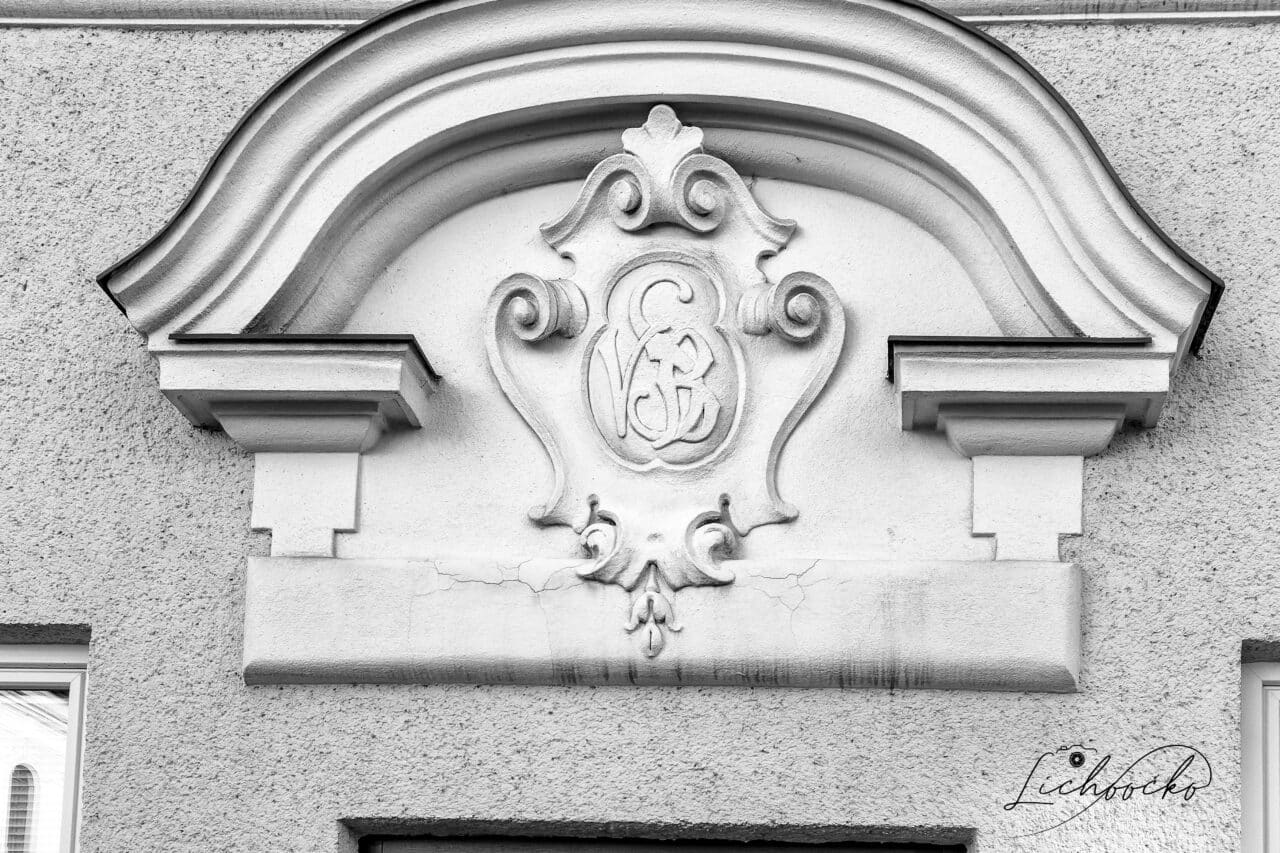
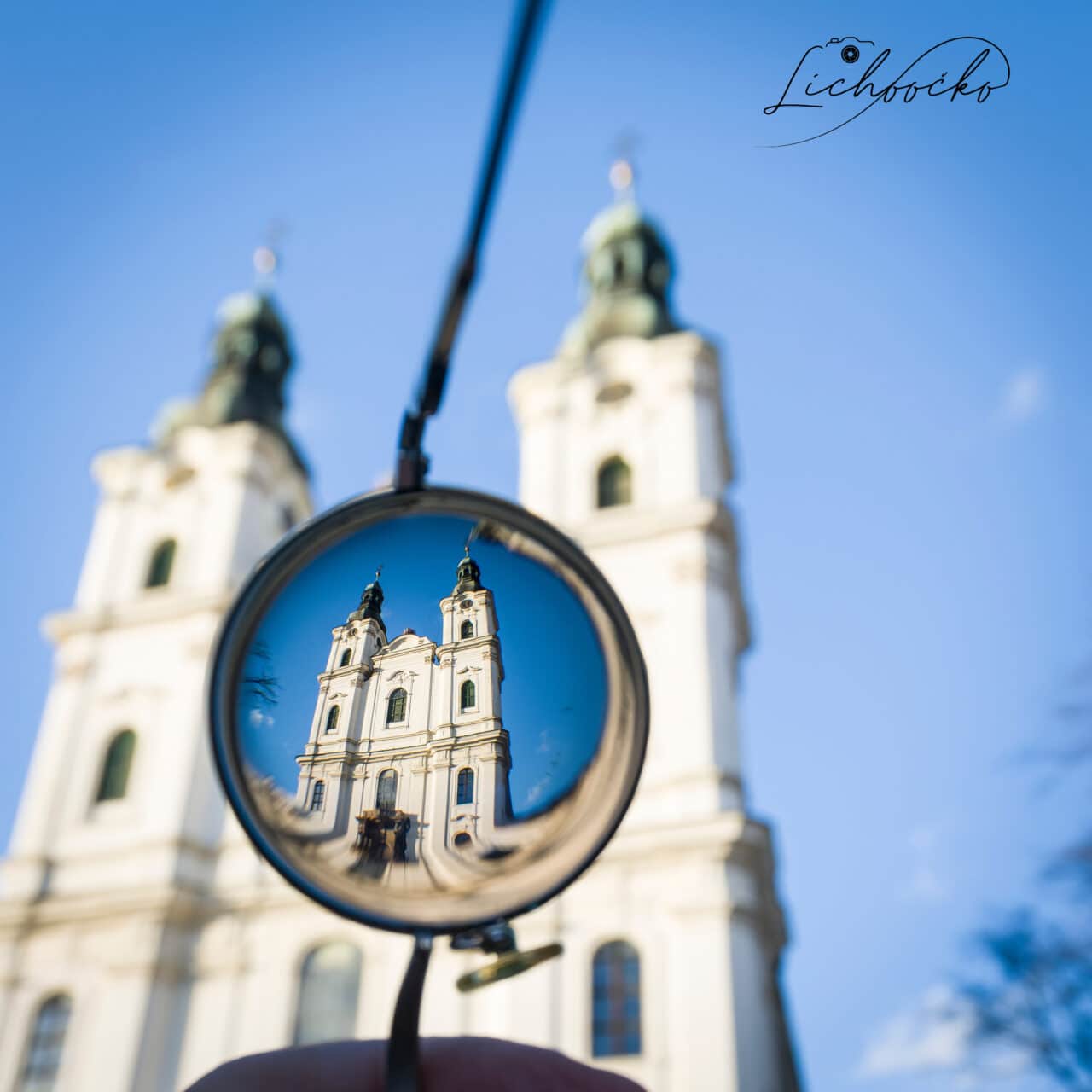

Bob Blaylock
The link in ZPS to this article fails.
I was able to find this article only by, after following that link, entering a few search terms on the resulting 404 page.
Eva Krusoftova
Hello Bob.
Thanks for your alert. The article should be fine now. We wish you a pleasant reading of the article.
Eva from the editors of Learn Photography
John
Wonderful, inspiring story.
Rob Lewis
What a delightfully inspiring article. Thank you to Lubomír for sharing his story and Eva for writing it.